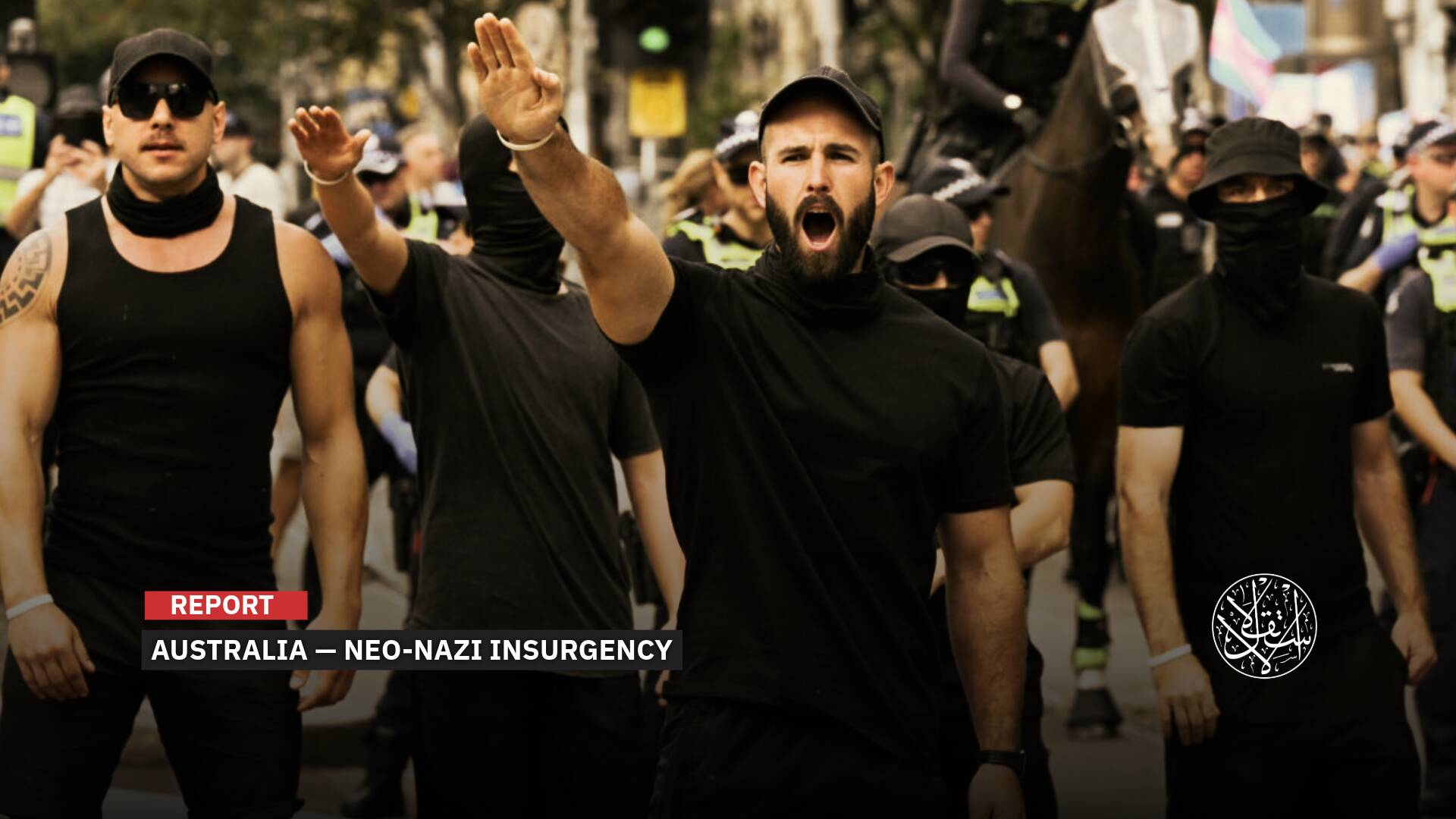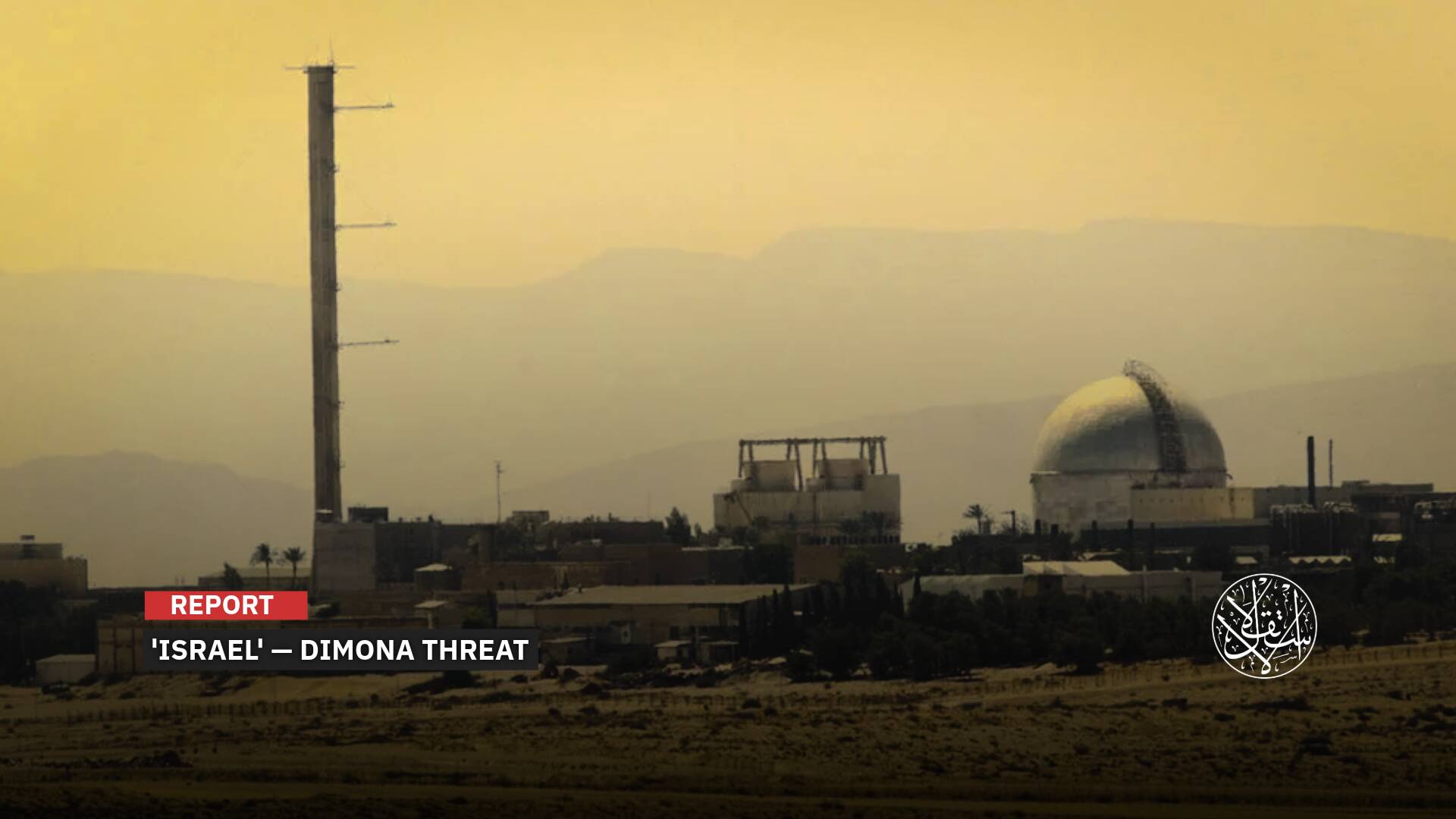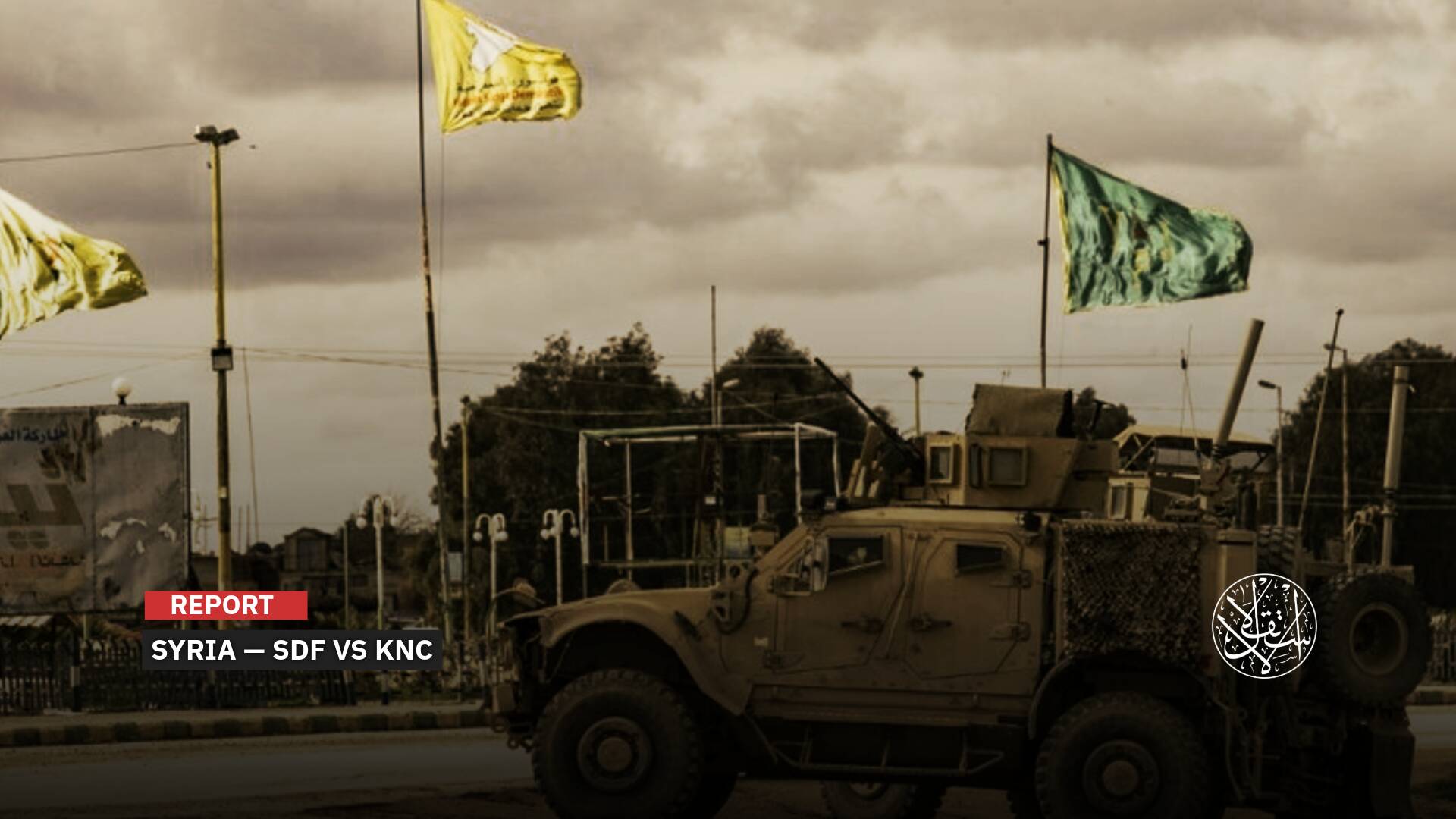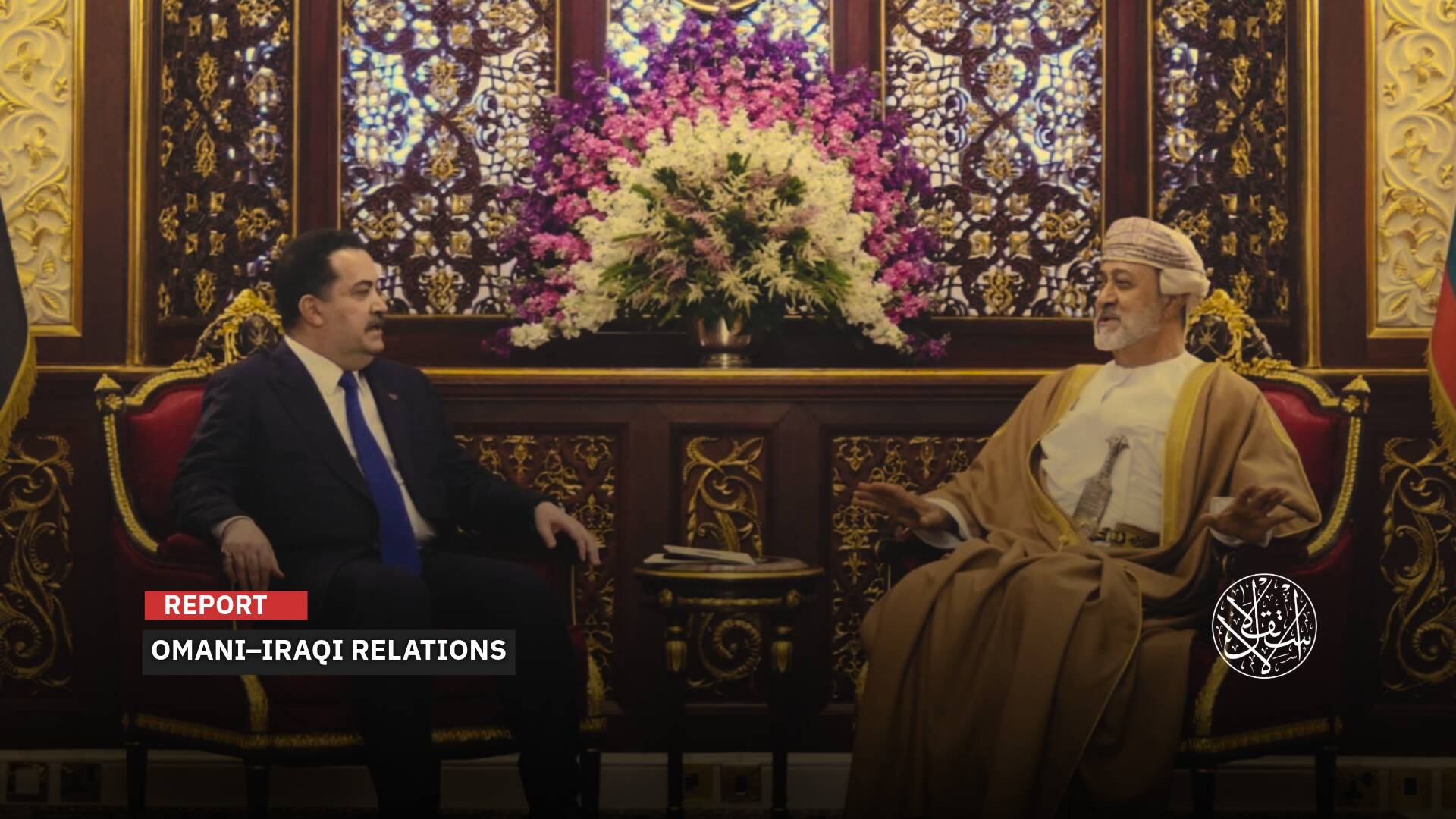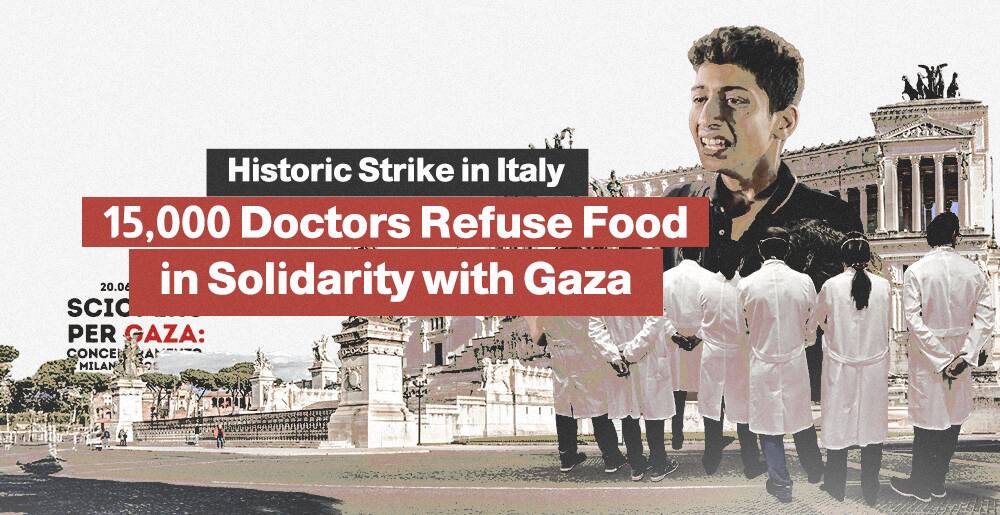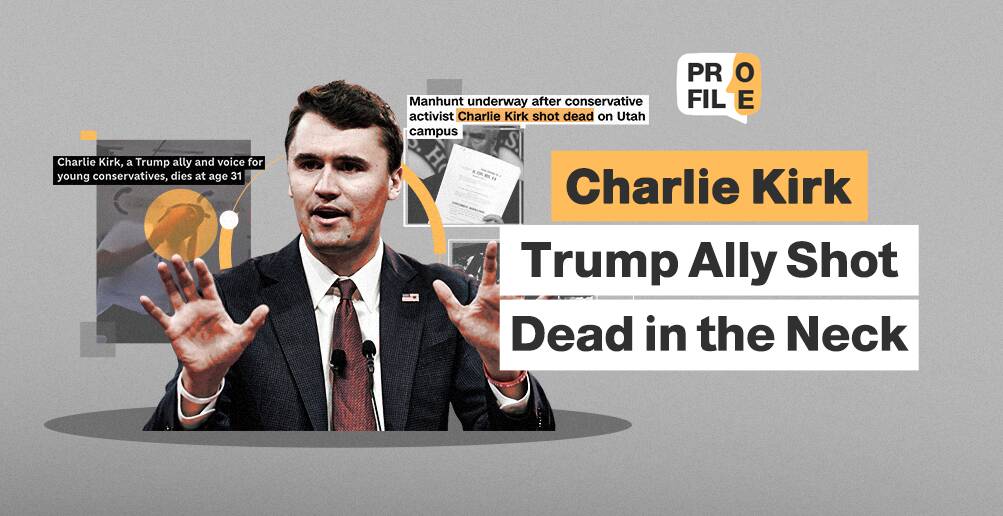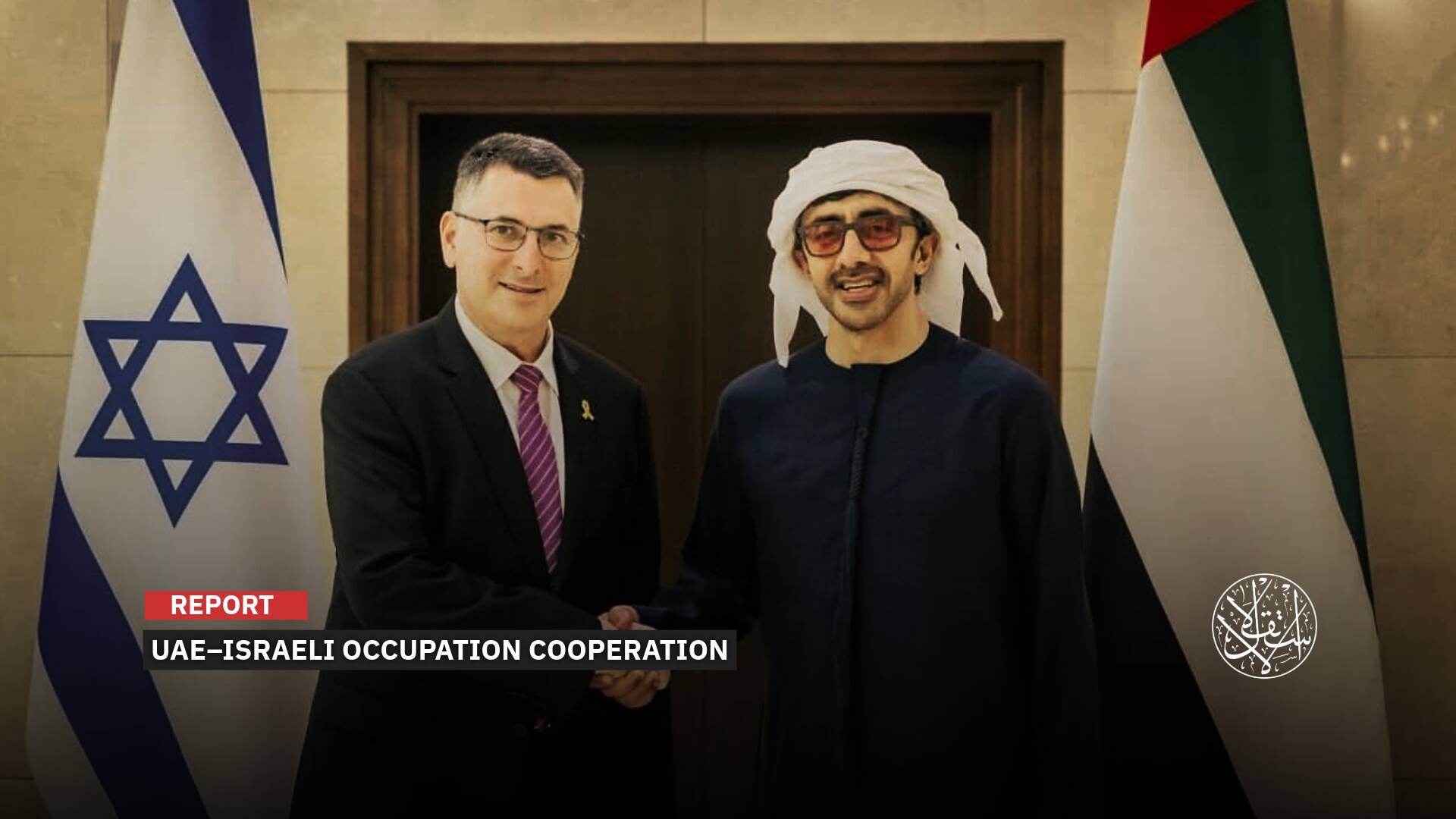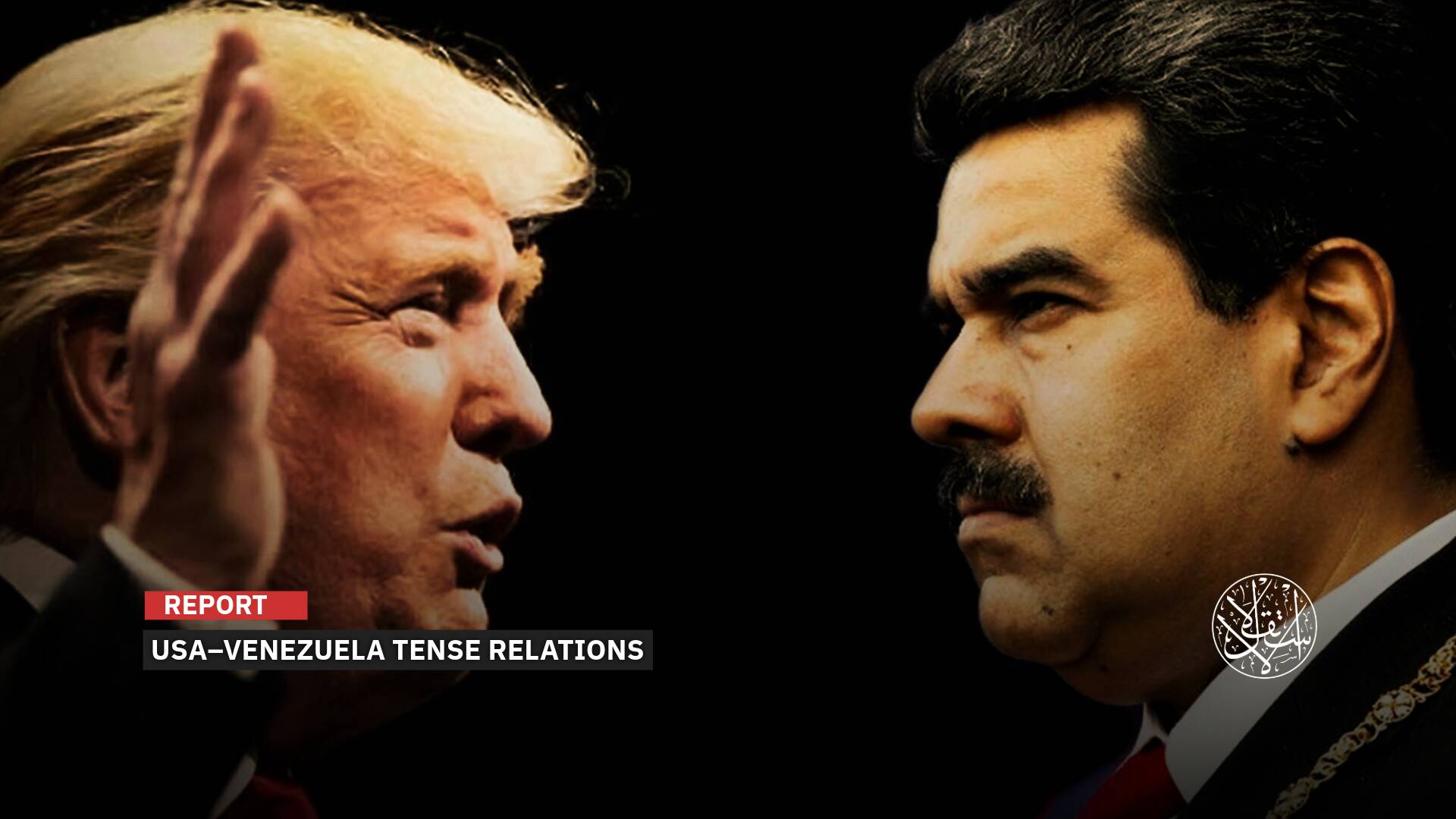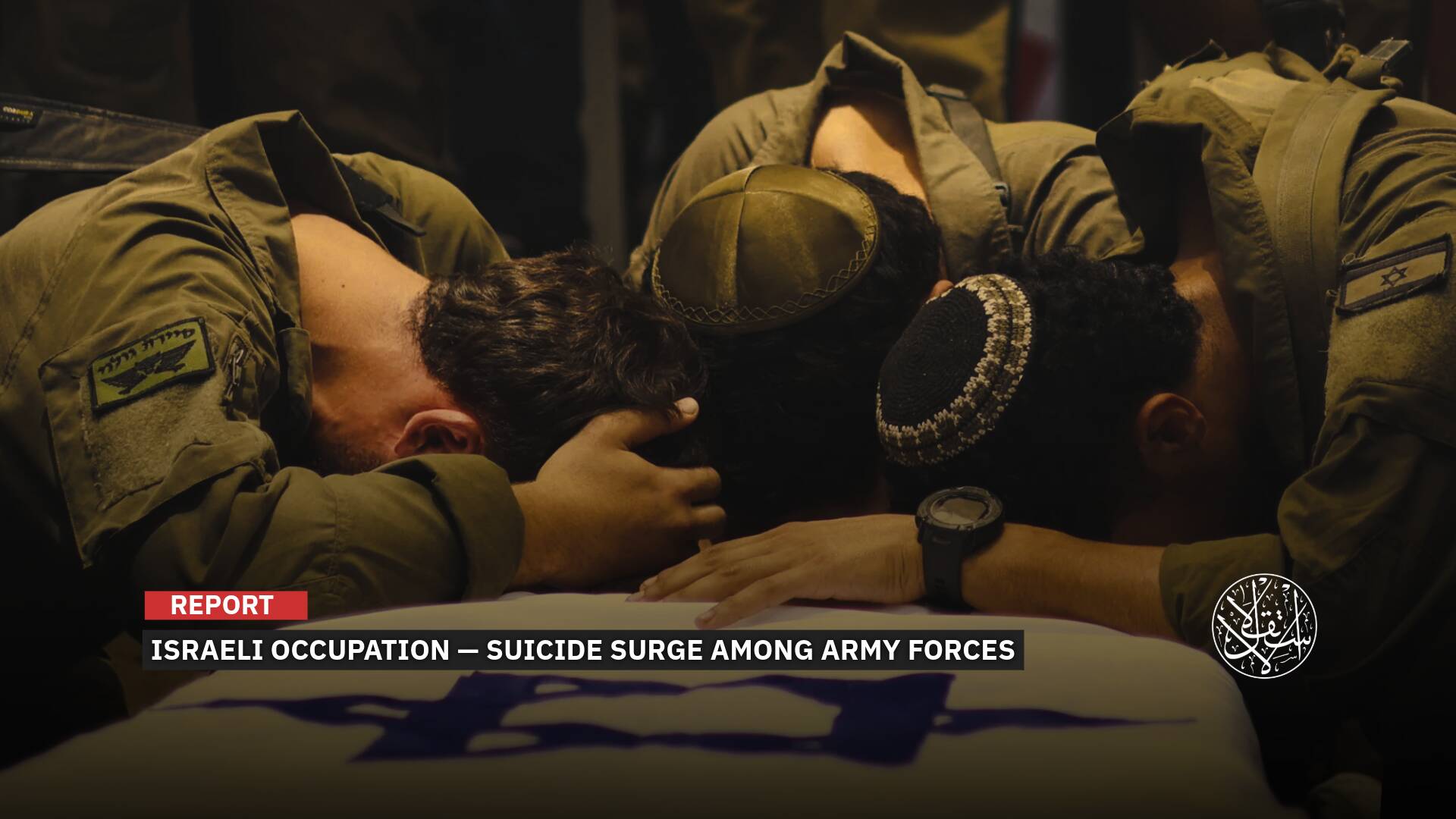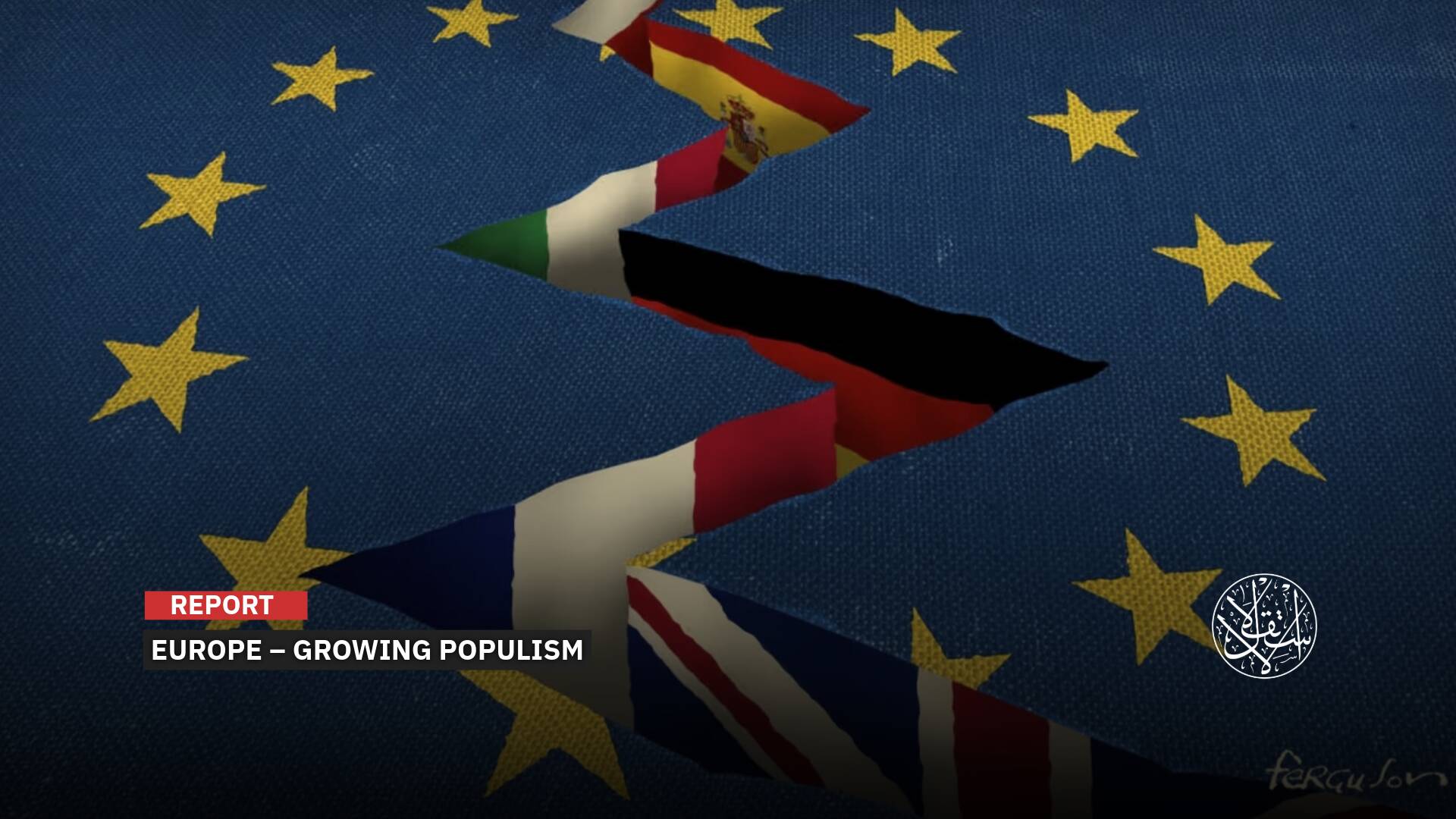Suspicious Agenda: How the U.S. and 'Israel' Engineered the New Gaza Aid Distribution System

“Aid organizations have described the new aid mechanism for Gaza as a militarized distribution operation.”
In an attempt to ward off mounting international pressure, “Israel” and the U.S. supported the establishment of the Gaza Humanitarian Foundation (GHF) to provide aid to Gazans through designated distribution points.
On its first actual day of operation on May 27, the Israeli-American mechanism for distributing aid in the Gaza Strip suffered a catastrophic failure after crowds of starving civilians were unable to control the aid, clearly reflecting the complete collapse of the alleged humanitarian process.
Although the foundation temporarily suspended its operations on May 28, thousands of civilians flocked to the Mawasi area of Rafah to reach the distribution point. However, Israeli drones opened fire on them, killing six Palestinians and wounding dozens.
The foundation resumed operations on May 29, opening new distribution points in Rafah city. However, Israeli forces killed a group of Palestinians who had reached some of these points, claiming they had taken prohibited routes.
Aid organizations have condemned the luring of thousands of starving Gazans to Rafah under the guise of receiving humanitarian aid, then shooting and killing them.
This comes amid a famine in the Gaza Strip, reaching dangerous levels, and the deaths of dozens of civilians, most of them children, as a result of the Israeli army's continued closure of the crossings and its complete denial of aid entry since March 2.
Accusations and Failures
The Gaza Humanitarian Foundation (GHF)—a US-backed group founded in February by security contractors, former military officers, and humanitarian aid experts to distribute aid in the Gaza Strip— faces suspicions and accusations of helping “Israel” achieve its military goals by circumventing the UN and excluding Palestinians from relief operations.
The foundation has assigned a US security firm—Philip Riley's Safe Reach Solutions (SRS)—a key role in managing relief operations on the ground, including aid distribution, along with the use of biometric technologies to verify the identities of beneficiaries.
Human rights activists have described this mechanism as a real threat to the principle of neutrality, and as potentially turning aid into a tool for population control or even forced displacement.
The chaotic scenes that accompanied the start of aid distribution in Rafah a few days ago sparked widespread criticism of the mechanism established by “Israel”, following the complete exclusion of the UN Relief and Works Agency for Palestine Refugees (UNRWA) from the Palestinian territories.
The GHF has recently faced widespread criticism, particularly regarding its claims that it chose safe distribution sites, but this violates norms because it forces residents to move to receive vital aid.
UN officials have objected to the plan, arguing that it will limit aid access to large areas of Gaza and put civilians at risk.
They asserted that the recent chaos at one of the distribution centers confirms previous concerns expressed by aid organizations.
The UN also warned that the new plan has turned hunger into a bargaining chip and could be used as cover for an Israeli plan to displace civilians from northern Gaza, as distributions are expected to be limited to the southern part of the Strip.
NGOs, including ActionAid, have pointed out that the aid used to cover up the ongoing violence is not aid, but rather a humanitarian cover to conceal a military strategy of control and dispossession.
Last week, the Swiss NGO Trial International called for an investigation to determine whether the Gaza Humanitarian Foundation's activities comply with Swiss and international law.
The organization criticized the alleged use of private security companies, arguing that it could lead to the militarization of aid.
The Israeli human rights organization Gisha strongly criticized the Israeli government's plan, describing it as another link in a series of measures aimed at strangling Gaza and consolidating Israeli control over the Strip.
EU foreign policy chief Kaya Kallas criticized the new aid plan, describing it as an attempt to weaponize humanitarian aid.

Political Blackmail
US State Department spokeswoman Tammy Bruce avoided answering press questions about the incident, simply saying, “Ask the Israeli military,” and blaming Hamas for the failure to deliver aid.
Meanwhile, Hamas and “Israel” traded accusations regarding the failure to distribute aid in Rafah, amid accusations of starvation and denials of any shooting.
The Government Media Office in Gaza stated that the Israeli army had failed miserably in its aid distribution project within the apartheid zones, amid the collapse of the humanitarian corridor and the escalation of the crime of starvation.
It held “Israel” directly responsible for the food collapse in Gaza and the use of aid as a weapon of war and a tool for political blackmail.
It called on the UN and the UN Security Council to take immediate action to stop this crime and open the crossings urgently and without restrictions.
Critics questioned who is responsible for determining the locations of aid distribution in the Gaza Strip, especially given Israel's plan to occupy a large part of the besieged enclave in the coming months.
Earlier this week, an Israeli military official told CNN that Israel plans to occupy 75% of Gaza within two months as part of its renewed offensive on the besieged enclave.
If implemented, these plans will force more than two million Palestinians to flee to a quarter of the already devastated coastal enclave, which is surrounded by Israeli forces on almost all sides.
Earlier this month, Israeli Prime Minister Benjamin Netanyahu stated that the entire population would be displaced to southern Gaza.
Separately, UN sources have questioned the funding for the Israeli plan, with estimates indicating it could exceed $120 million, with no transparency regarding who is funding the purchases and covering the wages of workers at the distribution centers.
The GHF said in a statement that “a Western European country has donated more than $100 million to its future operations,” but declined to name the country.
The EU has indicated it is unaware of any member state making a donation to GHF, says PassBlue.
In the same context, opposition leader Yair Lapid stated that the Ministry of Finance is funding the plan with Israeli money, while Avigdor Lieberman, head of the right-wing Yisrael Beiteinu party, said the funding comes from the Mossad and the Military Ministry.

Israeli Plan
The GHF is an American company headquartered in Geneva, Switzerland. It says it aims to alleviate hunger in the Gaza Strip by delivering aid while ensuring it does not fall into the hands of Hamas.
It does not have offices or known representatives in Geneva, which hosts the headquarters of international humanitarian organizations.
Its CEO, Jake Wood, a former American soldier, announced his resignation on May 25 after realizing that the organization could not fulfill its mission while adhering to the principles of humanity, neutrality, impartiality, and independence.
The following day, the foundation announced the appointment of John Acree, a former senior official at USAID, as its new CEO.
Proponents of the new aid plan describe it as an independent and neutral initiative run primarily by US contractors, and it has been promoted as being linked to US Presidential Envoy to the Middle East Steve Witkoff.
However, the facts prove otherwise. The New York Times reports that this mechanism was largely designed and developed by the Israelis as a means to undermine Hamas primarily in Gaza.
When the plan was announced in early May, US Ambassador to “Israel” Mike Huckabee denied that it was entirely Israeli.
However, the New York Times reported that the outlines of this plan were first discussed during the first weeks of the war in Gaza (in late 2023) during private meetings that included government and military officials and businessmen with close ties to the Israeli government.
The primary goal of the plan was to undermine Hamas's control over Gaza and to bypass the role of the UN, which Israeli officials distrust and accuse of bias against Tel Aviv, according to the newspaper.
Prominent Israeli figures are behind this plan, most notably Yotam HaCohen, a strategic consultant; Liran Tancman, a businessman and former officer in the Israeli military's Unit 8200; and Michael Eisenberg, an Israeli-American investor.
On the other hand, European and Asian countries have expressed reservations about funding this project, particularly given the vagueness of the operational plan and the lack of clear mechanisms for coordination with the Israeli military, which is effectively responsible for Gaza's border crossings.
In addition to operational doubts, the foundation may face a legal investigation in Switzerland after TRIAL International, an organization specializing in supporting victims of war crimes, called on Swiss authorities to open an investigation to determine the foundation's compliance with international humanitarian law.
Reuters reported that Swiss authorities are already considering opening such an investigation.

Palestinian journalist Iyad Hamad told Al-Estiklal, “When a relief organization uses security and intelligence technologies under a humanitarian umbrella, and a pivotal role is given to private security companies, the line between relief and security control becomes blurred.”
“This approach could lead to the weaponization of aid and its transformation into a pressure tool exploited for military or political purposes, including facilitating the forced displacement of tens of thousands of Palestinians,” he explained.



